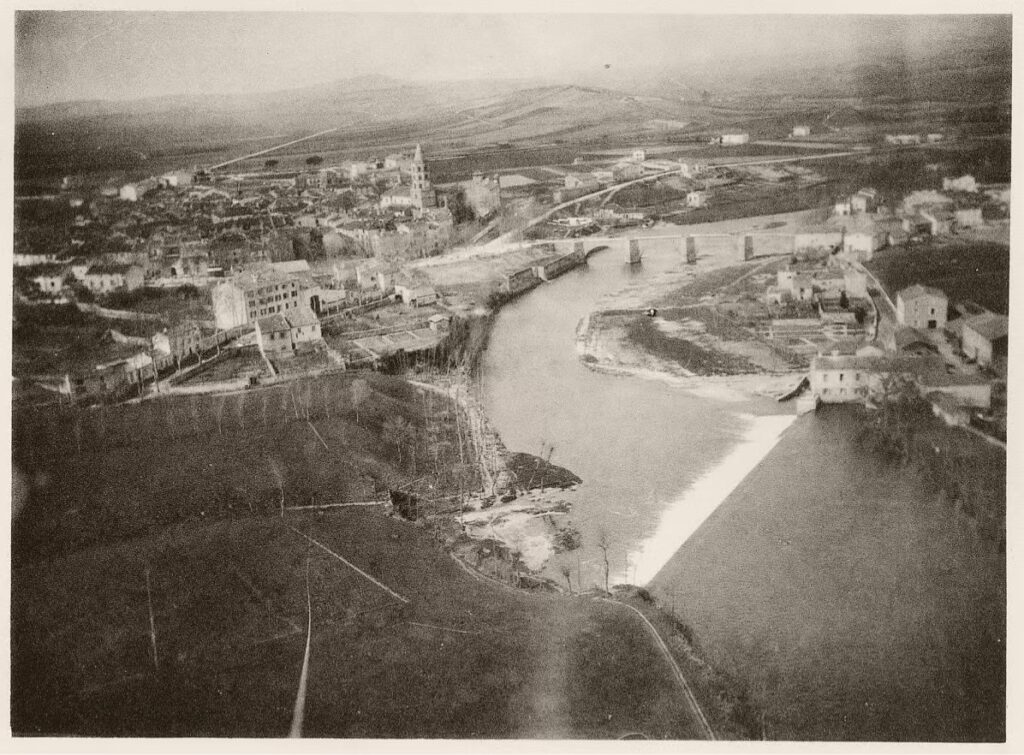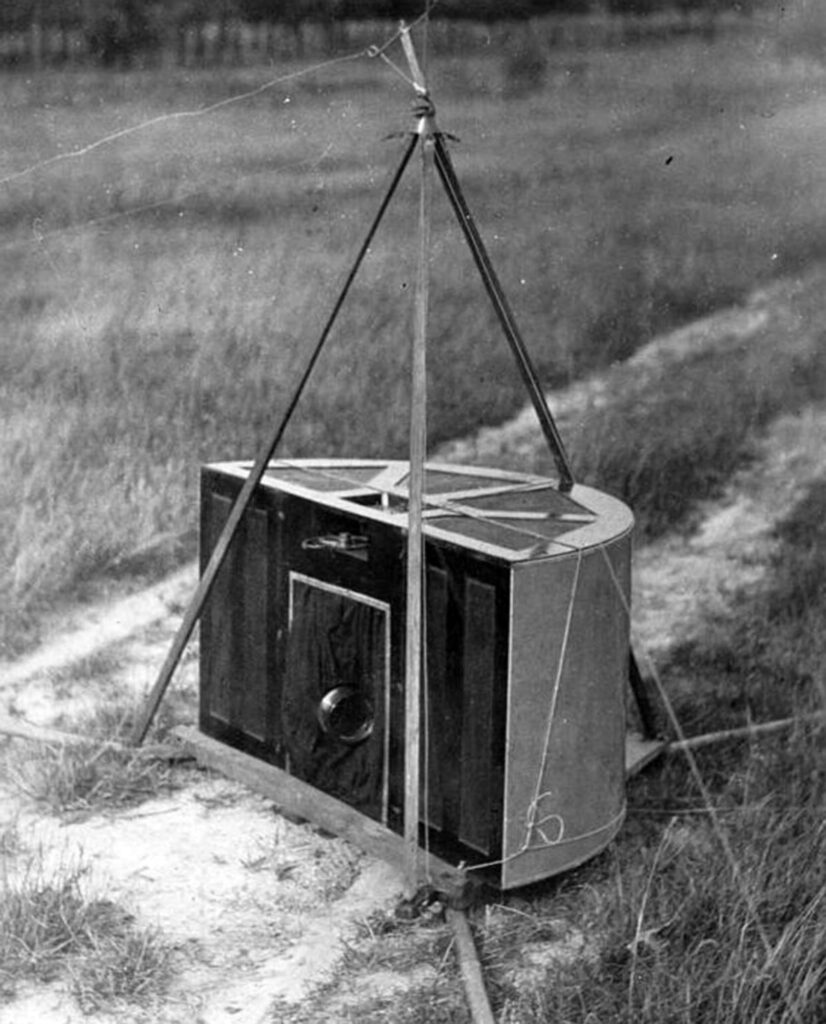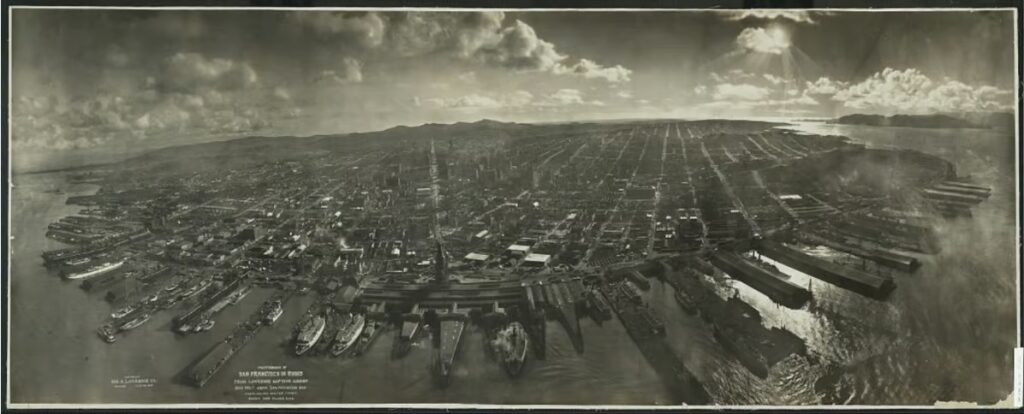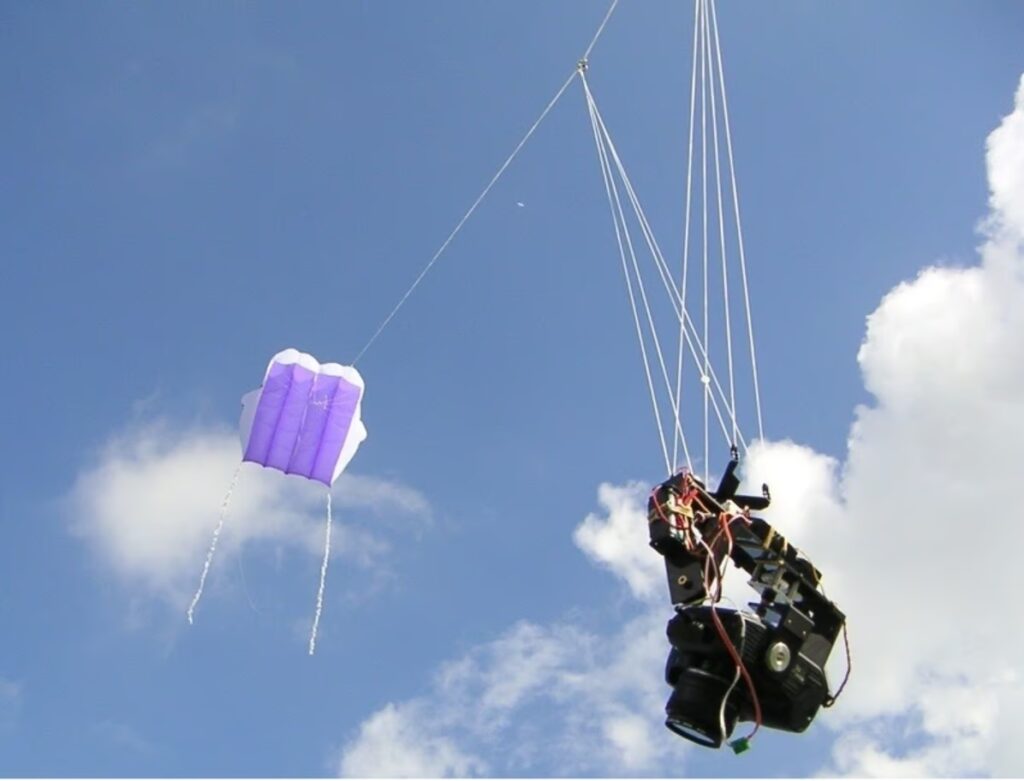Among the early methods of aerial photography, kites offered a unique blend of simplicity and practicality. Unlike balloons, which required bulky equipment and were at the mercy of winds, kites provided a relatively stable and controllable platform for capturing images. Their low cost and ease of deployment made them an ideal tool for photographers seeking to explore the skies before the age of airplanes.
Arthur Batut, a French photographer and inventor, was one of the first to recognize the potential of kites for aerial photography. In 1889, he successfully used a kite to lift a camera over his hometown of Labruguière, France, capturing stunning images from above. Batut’s design featured a timed mechanism to trigger the shutter, ensuring a clear shot without direct human intervention. His work not only proved the viability of kite photography but also showcased its potential for mapping and studying landscapes.

George R. Lawrence, an American photographer, pushed the boundaries of kite photography to new heights—literally. After the devastating San Francisco earthquake of 1906, Lawrence used a series of custom-built kites to suspend a massive 49-pound camera nearly 2,000 feet above the city.

The resulting panoramic photograph, “San Francisco in Ruins”, became an iconic image of the disaster. Lawrence’s innovative use of kites demonstrated their ability to capture large-scale events with remarkable detail and precision, cementing their place in the history of aerial photography.

Though kites were eventually overshadowed by airplanes and drones, their practicality and accessibility have ensured their continued use in photography today. From environmental studies to artistic endeavors, kites remain a valuable tool for capturing unique aerial perspectives, a testament to the enduring legacy of pioneers like Batut and Lawrence.

Foil kite with a Nikon D80 (24mm), picavet suspension and rig. (Source: Fstoppers)
